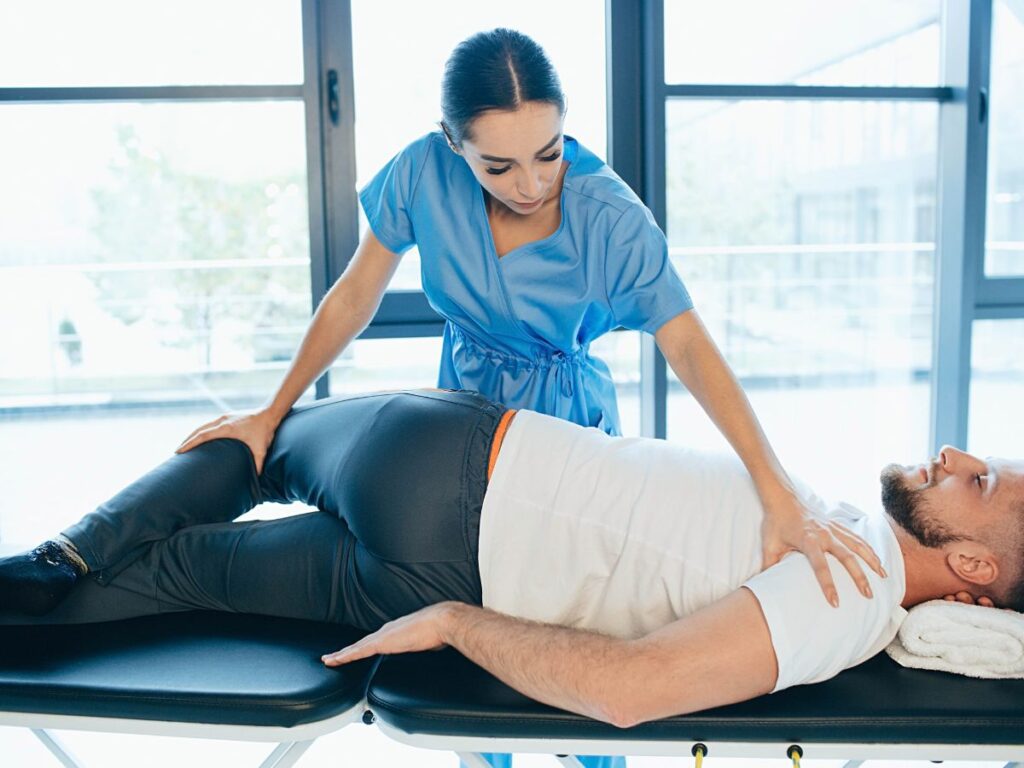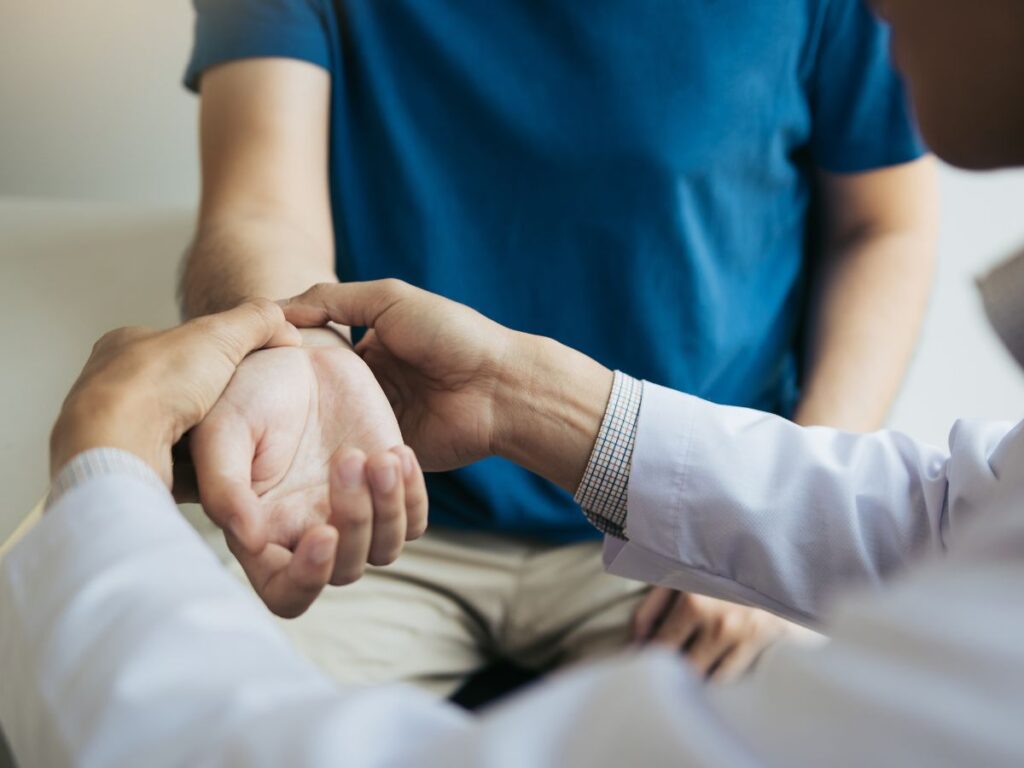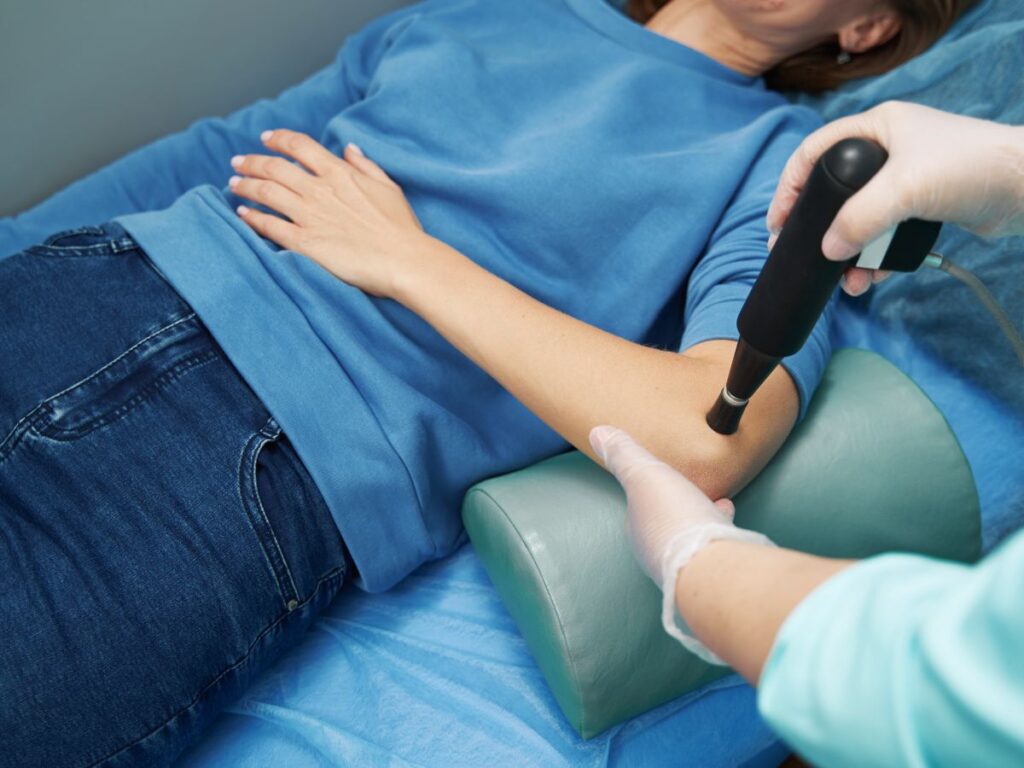Why Scoliosis Demands a Tailored Approach
Scoliosis, a lateral curvature of the spine, often presents during adolescence but can also manifest or worsen in adulthood. While mild curves might be asymptomatic, moderate to severe ones can lead to muscle imbalances, postural asymmetry, and even respiratory limitations if the rib cage is involved. Bracing or surgery are traditional treatments for significant curves, but physical therapy remains pivotal for stabilizing mild cases and preserving function in more pronounced deformities. Through corrective exercises, postural re-education, and muscle-strengthening protocols, therapy can mitigate discomfort, enhance spinal alignment, and empower patients to maintain an active lifestyle despite scoliosis-related challenges.
Understanding Scoliosis Curves
Scoliosis curves are generally classified as “C-shaped” or “S-shaped,” depending on how many curve segments exist. The Cobb angle quantifies curve severity—angles under 20 degrees might be monitored, while angles over 40-50 degrees sometimes consider surgical intervention. Scoliosis can be idiopathic, degenerative, or neuromuscular in origin, influencing therapy strategies. Beyond the spine itself, scoliotic curves alter the pelvis, shoulders, and rib alignment, often causing muscle tightness on one side and weakness on the other. Physical therapists perform thorough postural assessments, measuring trunk rotation, leg length discrepancies, and scapular positioning to craft individualized exercises that counter these asymmetries.
Physical Therapy Goals
Rehab aims to reduce curve progression (when possible), improve spinal stability, and alleviate pain or fatigue linked to uneven muscle use. Early therapy may center on elongating the trunk and remolding muscle imbalances—lengthening the concave side while strengthening the convex side. Corrective breathing exercises and rotational components sometimes feature in the plan, especially for thoracic curves affecting rib mobility. If bracing is part of the treatment, therapy teaches how to integrate brace wear into daily movement. Over time, advanced drills cultivate endurance in spinal support muscles, fostering an upright posture that resists gravitational pull on scoliotic curves.
Therapeutic Methods for Scoliosis
Common techniques include:
- Schroth Method Exercises: A specialized program involving breathing, posture correction, and muscle activation tailored to the scoliotic curve pattern.
- Core Stabilization: Planks, side planks, or dynamic balance challenges to strengthen the multifidus and obliques.
- Manual Therapy: Myofascial release on tight, shortened muscles or joint mobilizations to ease rib or vertebral restrictions.
- Pelvic Alignment Drills: Addressing any pelvic tilt to reduce asymmetry throughout the lumbar region.
- Neuromuscular Re-education: Tactile or visual feedback that helps patients sense and correct trunk misalignment.
Therapists often blend multiple approaches, rechecking posture periodically to gauge improvement. While full curve reversal may be unrealistic in moderate-to-severe scoliosis, achieving a balanced posture can significantly reduce pain and functional limitations.
Dr. Elham’s Alignment Perspective
Dr. Elham’s expertise in spinal alignment dovetails naturally with scoliosis therapy. By identifying vertebral subluxations or compensatory twists in the hips, Dr. Elham supports the physical therapist’s corrective goals. Gentle chiropractic adjustments might release stiff areas, improving the spine’s capacity to respond to targeted exercises. Meanwhile, Dr. Elham advises on posture-friendly habits—like symmetrical sitting or sleeping positions—reducing daily strain on curvatures. This integrated tactic can slow curve progression and alleviate secondary discomfort in shoulders or hips. Patients often report feeling more balanced and stable with less muscular tension on the overused side.
Home Program and Lifestyle Adjustments
Therapy’s impact extends beyond the clinic. Simple at-home stretches—like side-lying expansions or lengthening the concave side—reinforce in-session gains. Core activation during routine tasks (e.g., standing with equal weight distribution, mindful breathing techniques) also helps maintain spinal elongation. If you wear a brace, Dr. Elham or your therapist might suggest short, brace-free intervals to perform targeted exercises, allowing muscles to engage more dynamically. Over time, these micro-adjustments—regular posture checks, dedicated stretching, and balanced muscle use—establish a new normal that supports spinal health in everyday life, from school or office tasks to recreational pursuits.
Functional Barriers with Scoliosis
Even mild curves can affect stamina, as one side of the body compensates. Activities like carrying a backpack, playing sports, or performing manual labor might exacerbate asymmetry. Physical therapists often break down these motions, training patients to maintain better alignment. Wearing a brace, if prescribed, adds another layer of adaptation—needing correct strap tension, consistent wear schedules, and complementary exercises to avoid muscle weakening. Yet with consistent training, many patients can still engage in favorite activities. By fostering symmetrical muscle firing patterns, therapy ensures that daily tasks remain manageable or even seamless despite underlying spinal curvature.
The Downside of Neglect
Unmanaged scoliosis can progress, especially during growth spurts in adolescence. Sharp increases in the Cobb angle may heighten rib deformities, reduce lung capacity, or trigger chronic muscle strain. Adult-onset or degenerative scoliosis might intensify back pain or nerve compression, restricting mobility. Over years, severe curvature can also dent self-esteem due to visible postural changes. Early and ongoing therapy intercepts these downward spirals, preserving function and minimizing structural compromise. Coupled with Dr. Elham’s alignment checks, it can significantly delay or negate the need for invasive measures like spinal fusion.
Gauging Improvement and Rethinking Goals
Unlike acute injuries, scoliosis rehab is often a longer journey. Therapists monitor posture photos, trunk rotation measurements, or functional tests like timed side planks. If a curve remains stable over a six-month period while strength and posture improve, that’s a meaningful success. Dr. Elham’s periodic evaluations confirm whether adjustments continue to facilitate symmetrical alignment. If growth or aging shifts the curve further, therapy plans shift accordingly—intensifying or modifying certain exercises. This adaptive approach ensures that therapy remains relevant throughout life’s stages, offering a continuous buffer against curve progression and discomfort flare-ups.
When Surgery Becomes an Option
In some cases—particularly when curves exceed 40 or 50 degrees or rapidly progress—spinal fusion or instrumentation may be recommended. Physical therapy’s role doesn’t end here. Preoperative conditioning strengthens muscles around the spine and hips, potentially easing recovery. Post-surgery, therapy refines movement, prevents scar tissue from limiting mobility, and helps you adapt to hardware in the spine. Dr. Elham’s careful alignment checks remain useful, ensuring adjacent segments aren’t overcompensating or twisting in response to the stabilized area. This synergy expedites a return to everyday life with improved trunk control and less pain.
Sustaining a Healthier Spine
Scoliosis needn’t derail your ability to stand tall and live actively. Physical therapy, supplemented by Dr. Elham’s chiropractic alignment, offers a multifaceted strategy—equalizing muscle tension, honing posture, and reducing curve-related discomfort. Though the curve itself may remain, improved stability and a well-trained musculoskeletal system help you stay comfortable and confident in daily endeavors. By sticking to recommended exercises, embracing small posture corrections, and scheduling periodic check-ins, you create a supportive environment for your spine. Ultimately, it’s an empowering path that merges professional expertise with your commitment, proving that even in the face of scoliosis, a resilient, functional body is well within reach.






